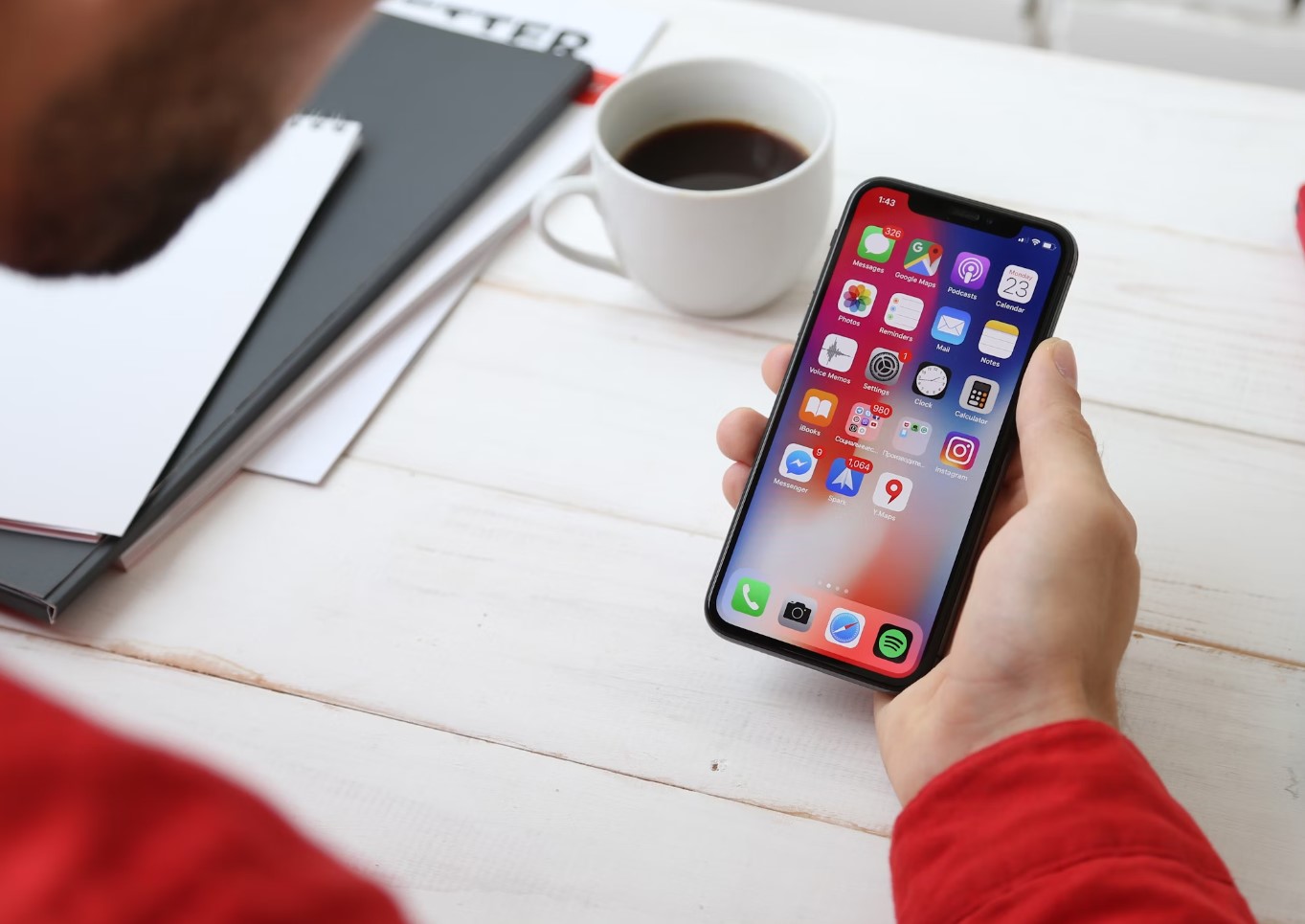Table of Contents
In the world of software development, websites and mobile applications are two competitors at the heart of users’ digital experience. Web and mobile app development technologies are often put on a scale and compared to each other. However, each type of development has its own unique features, advantages, and disadvantages, and it asks for different sets of skills. That’s why developers need to understand the nature of both development types well and choose their path accordingly.
Definition of Web Development
With no complication, web development is exactly how a website or web app is created for internet users. In a general term, it refers to everything involved in creating or maintaining a website, from designing layouts and writing codes to managing servers and databases. Web development also includes front-end (client-side) and back-end (server-side) development. Additionally, web development involves some other components as below:
Front-End Programming
- The standard language for developing and organizing web pages is HTML (HyperText Markup Language). It outlines the structure and content of a webpage.
- Cascading Style Sheets, or CSS, is a language for stylesheets that controls how web pages are presented and designed, including layouts, colors, and fonts.
- JavaScript is a computer language that allows websites to include dynamic content and interactive elements like animations, forms, and real-time updates.
Back-end Development
- Server-Side Programming: The server-side logic that drives online applications is written in languages like PHP, Ruby, and Python. This entails responding to inquiries, analyzing information, and working with databases.
- Databases: Data needed for online applications is stored, retrieved, and managed using systems like MySQL, PostgreSQL, MongoDB, and SQLite.
- Application Programming Interfaces, or APIs, are interfaces that permit data exchange and communication across various software systems. APIs are essential for providing features like user authentication and payment processing, as well as for integrating third-party services.
Full-stack Development
With their proficiency in both front-end and back-end development, full-stack developers are equipped to manage every facet of developing web applications. They are capable of designing and developing complete, workable online solutions.
Definition of Mobile App Development
Mobile app development involves creating software applications specifically for mobile devices, like smartphones or tablets. Mobile software solutions are designed to run on specific operating systems like iOS or Android and can be downloaded from app stores.
Platforms and Operating Systems
- iOS: Developed by Apple Inc., iOS is the operating system exclusively for iPhones, iPads, and iPod Touch devices. Mobile apps qualified for iOS are typically built using Swift or Objective-C programming languages.
- Android: Developed by Google, Android is the OS for a broad range of devices from various manufacturers. Mobile apps for Android are commonly developed in Java or Kotlin.
- Cross-Platform Development: Some tools and frameworks, such as Flutter, React Native, and Xamarin, allow developers to build applications running on both iOS and Android with a single codebase.
App Types
- Native Apps: These are applications specifically built for a particular operating system (iOS or Android) using platform-specific programming languages and tools.
- Hybrid Apps: The ones that are developed using web technologies (HTML, CSS, JavaScript) and wrapped in a native container to run on multiple platforms.
- Progressive Web Apps (PWAs): Web apps that offer a mobile app-like experience through the browser, with capabilities like offline access, push notifications, and home screen installation.
Backend and APIs
- Server-Side Development: Handle the backend logic, data storage, and server-side functionality of the app. This can involve using cloud services like AWS, Firebase, or custom backend solutions.
- APIs (Application Programming Interfaces) are interfaces that let the app communicate with other software and services, enabling functionalities like user authentication, data retrieval, and third-party integrations.
Let’s Compare Web Development and Mobile App Development

Knowing the distinctions, benefits, and difficulties between web development and mobile app development is crucial while making this decision. Although they serve distinct user demands and technical settings, both are essential components of the digital ecosystem.
Platform
- Web Development: Creates websites accessible via web browsers on desktops, laptops, tablets, and smartphones. Platform-independent and works on any device with a compatible browser.
- Mobile App Development: Focuses on software for mobile devices (smartphones, tablets). Apps can be native (specific to iOS or Android) or cross-platform (usable on multiple OSs with one codebase).
Development Tools and Languages
- Web Development: Uses HTML, CSS, JavaScript, and frameworks like React, Angular, and Vue.js for the front end. Back-end tools include Node.js, PHP, Ruby on Rails, and Python, often with IDEs like Visual Studio Code.
- Mobile App Development: Native iOS apps use Swift or Objective-C in Xcode, while Android apps use Java or Kotlin in Android Studio. Cross-platform options include Flutter, React Native, and Xamarin.
User Experience
- Web Development: Websites must be responsive and work across various screen sizes and devices. Experience is affected by loading speeds, navigation, and design.
- Mobile App Development: Offers optimized experiences with device-specific features (e.g., GPS, camera, push notifications). Generally provides faster and more responsive performance compared to mobile websites.
Access and Distribution
- Web Development: Accessed via URLs without installation. Updates are deployed server-side and instantly reflect for all users.
- Mobile App Development: Distributed through app stores (Apple App Store, Google Play Store) and requires users to download and install. Updates are managed through these stores.
Development Time and Cost
- Web Development: Typically, faster and more cost-effective, especially for simpler projects. Universal accessibility reduces long-term maintenance costs.
- Mobile App Development: Generally, more time-consuming and expensive, especially for separate native apps for iOS and Android. Cross-platform development can help reduce costs.



